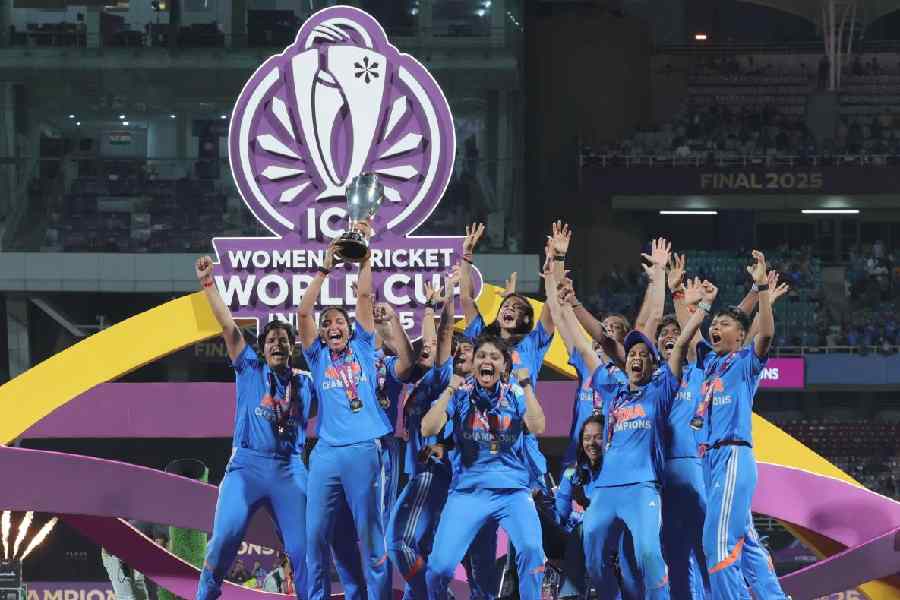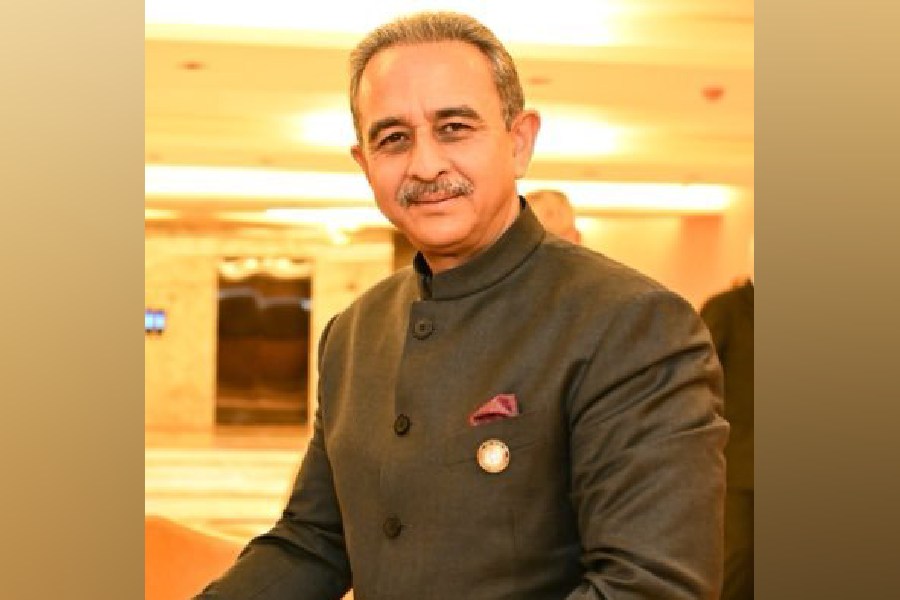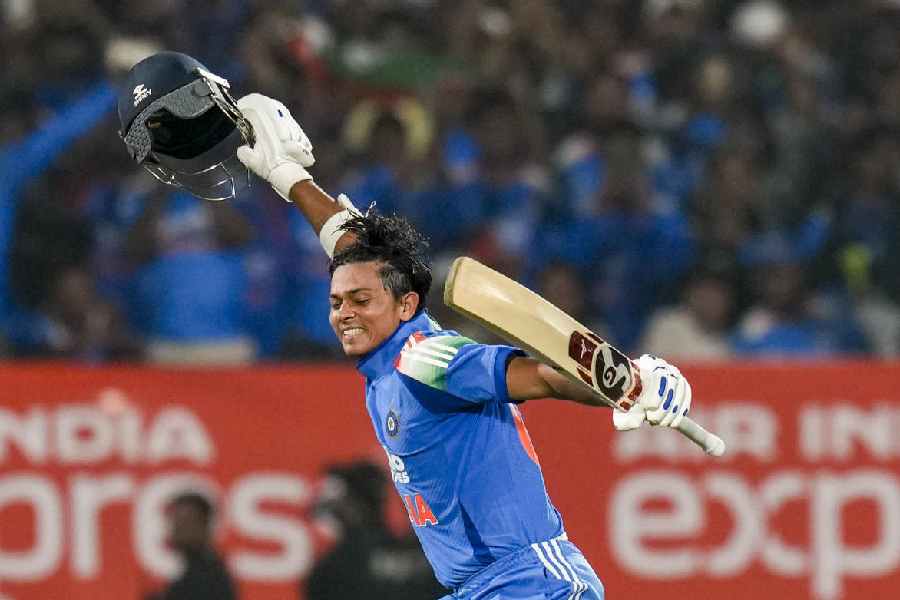The maiden World Cup victory by India’s Eves is being compared to the Indian men’s team lifting one-day cricket’s apex trophy for the first time in 1983. The comparison is not exaggerated because there are some striking parallels. Jemimah Rodrigues’s heroics with the bat brought to mind those of Kapil Dev; Deepti Sharma’s success as an all-rounder in the final echoed that of Mohinder Amarnath; in both tournaments, India played as a successful collective, as a team in the real sense of the term. But the biggest shared trait between these two triumphs is this: just as ‘Kapil’s Devils’ had turned the fortunes of the men’s game all those years ago, this victory, too, is a watershed moment for women’s cricket in India.
Success is a collaborative effort. This holds true for this triumph as well. The women cricketers did their bit on the field, with their victories in the semi-final and the final coming in the wake of multiple defeats: this speaks of a steely determination. Members of the team management contributed off the pitch, keeping team morale high and unity intact. Institutional support that led to transformations in women’s cricket in recent years played a pivotal role: the Board of Control for Cricket in India deserves credit for this. India’s women cricketers now hone their abilities in the Women’s Premier League. Their training facilities have improved considerably. Most important and radical has been the BCCI’s decision to implement a pay equity policy, which has brought in a sense of parity, purpose and professionalism. These changes have been fundamental to lifting the standards of women’s cricket in the country. The challenge now would be to capitalise on the momentum that has been generated by this glorious hour. It should encourage more young women to take up the game, breaking the shackles of gendered discrimination that they face in their lives. That would not only unleash a flood of talent that will feed the pipelines of India’s national team but also challenge the obstacles — chiefly along the lines of gender and culture — that hinder women’s participation in sport and in other walks of life.











